In this season of love, we’re taking a look at 10 of Jamaica’s most captivating love stories. These stories of triumphant love gripped the nation and became indelibly entwined in the country’s social history and lore.
Maurice and Valerie Facey
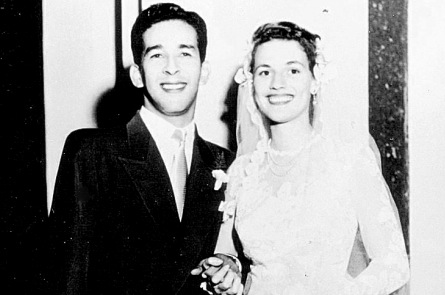
Valerie Hart-Collins came to Jamaica from Europe at age 17. She arrived at Kingston Harbour on the banana boat the MS Bayan. As the boat approached the pier, she leaned over the rail of the boat’s deck to gaze at the beautiful city. It was then that Maurice Facey first laid eyes on the woman that would become his life partner. Within a year they fell in love and Maurice asked her to marry him. But Valerie’s parents refused to give their permission. They disapproved of Maurice as a mixed race Jamaican and insisted that Valerie was too young to get married. Still, the young lovers were unshaken and determined to become man and wife.
Valerie’s parents retained the legal services of none other than the eminent Norman Manley to prevent the wedding and even orchestrated to have Valerie arrested on the grounds of working in Jamaica without a permit. Valerie chose to spend the night in prison rather than be deported and separated from her love.
At the intervention of the then Governor of Jamaica, Sir Hugh Foot, they were finally allowed to marry without parental consent. It was a sensational scandal in 1950s Jamaica. Valerie and Maurice were married in a packed St. Andrew Parish Church in Half Way Tree. Hundreds of Jamaicans had come out to see the obstinate young lovers who had caused such a stir.
Their story certainly didn’t end there, however. In his early days as a businessman, Maurice experienced setbacks. In 1956 after the collapse of a business project, the family sold their Norbrook home and its entire contents. The Faceys and their two children left the house with nothing but the clothes on their backs. During these difficult times, Valerie remained by her husband’s side. Maurice Facey lived to become one of Jamaica’s most successful and wealthy businessmen. They were married for 61 years before Maurice died in 2013. Looking back on their relationship, Valerie has said, “It was a marriage made in heaven…there is no marriage that is easy but I think we had a very good marriage, we fought the battle well.”
Louise Bennett and Eric Coverley

What can we say about the beloved Miss Lou? Simply that to know her was to love her – and perhaps no one knew her better than Eric Coverley. Louise Bennett met Eric ‘Chalk Talk’ Coverley, a popular actor and talent scout, in 1936 at a prize-giving concert at her alma mater, Excelsior. She asked him for autograph and he congratulated her on her performance. Eric invited her to be part of a Christmas concert at the Coke Memorial Hall (after asking her mother’s permission of course). The rest, as they say, is history.
They remained close friends for many years, during which time Louise lived in England and New York. While on a trip to New York in 1953, Eric called Louise on her birthday. They reconnected and began working together, co-directing a folk musical called, Day in Jamaica. Eric would often escort her home after a performance or engagement before having to rush away to catch a late train back to where he was staying. It was one such night when he said to her, ‘Louise I can’t stop a minute to talk with you. It seems that I will just have to marry you.” In true Miss Lou fashion, Louise responded “Coverley, is that the way you propose? That could never be a proposal!”. She must have accepted because they were married on May 30, 1954 in Harlem. He was 42, she was 35.
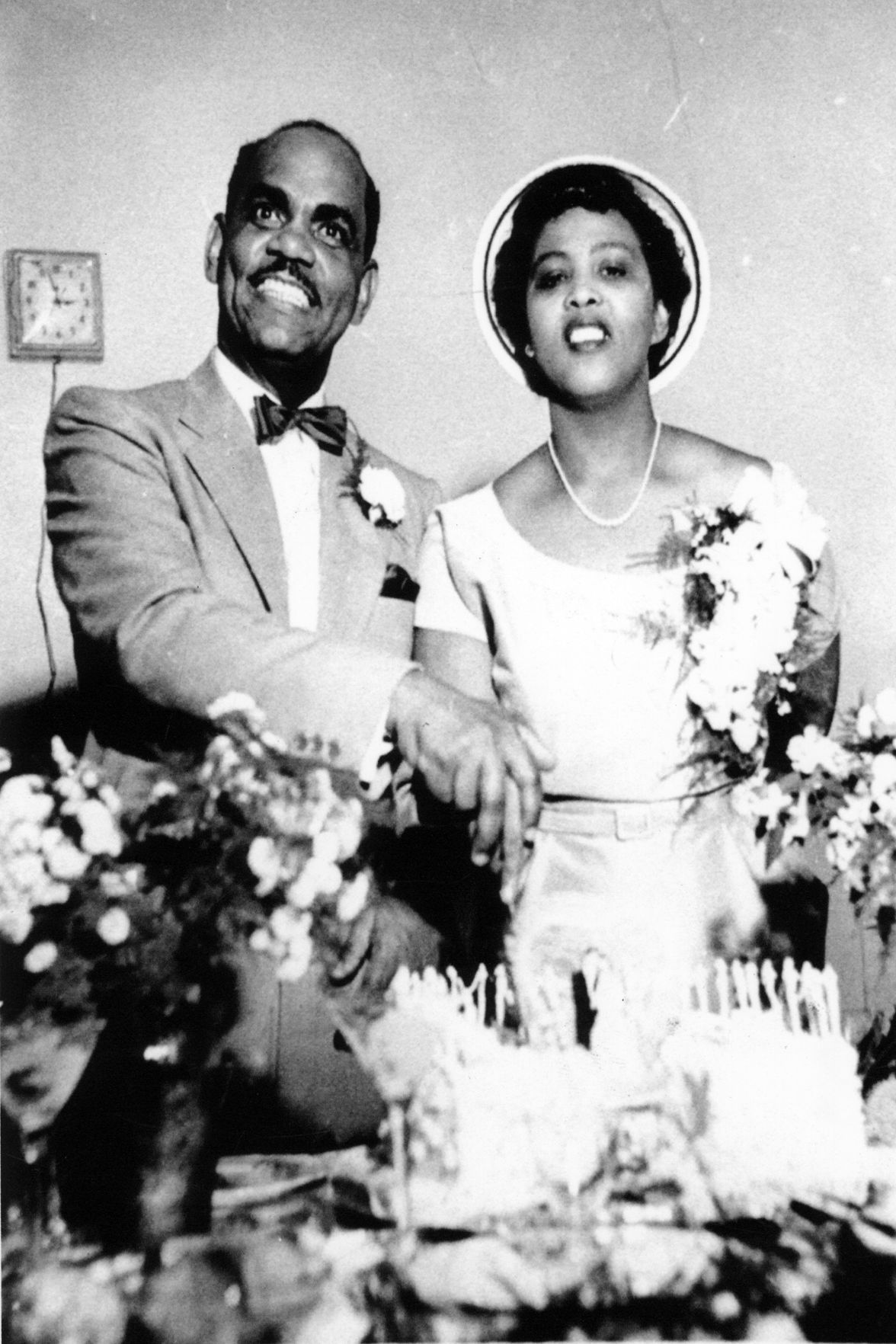
After returning to Jamaica in 1955, both continued their work in the arts. Enfield House, their home in Gordon Town, was the site of many celebrations and gatherings. Though they never had any biological children together, Eric and Louise often welcomed the children of extended relatives and community members into their home. They brought up these children together with Fabian, Eric’s son from a previous relationship.
When Eric’s health began to decline, he and Louise moved to Canada in 1987 to join Fabian who lived in Toronto. Eric died at age 91 in 2002 and Louise would follow four years later in July 2006.
Click here to view the NLJ’s Miss Lou Archives – including published and unpublished materials, photographs and audio-visual materials housed at the National Library of Jamaica.
Sources:
Morris, Mervyn. Miss Lou: Louise Bennett and Jamaican Culture, Kingston: Ian Randle Publsihers, 2014.
“The Mother of Jamaican Culture Remembered”, The Jamaica Gleaner, 3 June 2012, http://jamaica-gleaner.com/gleaner/20120603/ent/ent5.html
Bob and Rita Marley
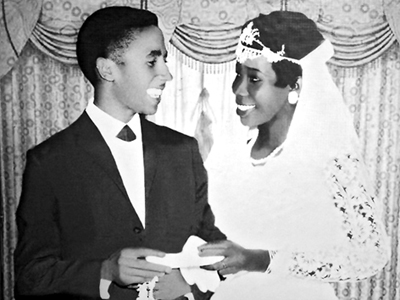
Bob and Rita met at a studio in Trenchtown when he was just 19 and she was 18. Rita had already given birth to a daughter, Sharon. In her memoir, No Woman No Cry, Rita writes that it was his concern for her and her daughter that led her to fall in love with Bob, “He was very conscientious, and this was something that impressed me greatly – his sharing, his caring for my baby, and really allowing me to show more responsibility.” (Marley, 24) The first couple of reggae was married in the office of a Justice of the Peace in February 1966.
Rita joined The Wailers in 1968, after Bunny Livingston (Bunny Wailer) was imprisoned for marijuana possession and the group became short a member. Later in 1974, when Bunny Wailer and Peter Tosh left the group for good, Rita helped to assemble the I-Three female vocal trio along with Judy Mowatt and Marcia Griffiths. Rita followed Bob all over the world on tour and in studio for the remainder of his career.
She remained by his side through an infamous assassination attempt in 1976 (a bullet grazed her head and hit Bob’s arm) and his well-known assignations with other women. During his final battle with cancer, she cared for him and remained very protective of him. In 1981, Bob died at age 35, far too young. Rita, along with their children and grandchildren, continue to carry on the Marley legacy.
In the prologue of her book, No Woman No Cry: My Life with Bob Marley, she writes “But the thing about Bob is so deep, it is as if he’s always with me, there’s always something to remind me.”
Source: Marley, Rita, with Hettie Jones. Rita Marley: No Woman No Cry, Great Britain: Sidgwick & Jackson, 2004.
Edna and Norman Manley
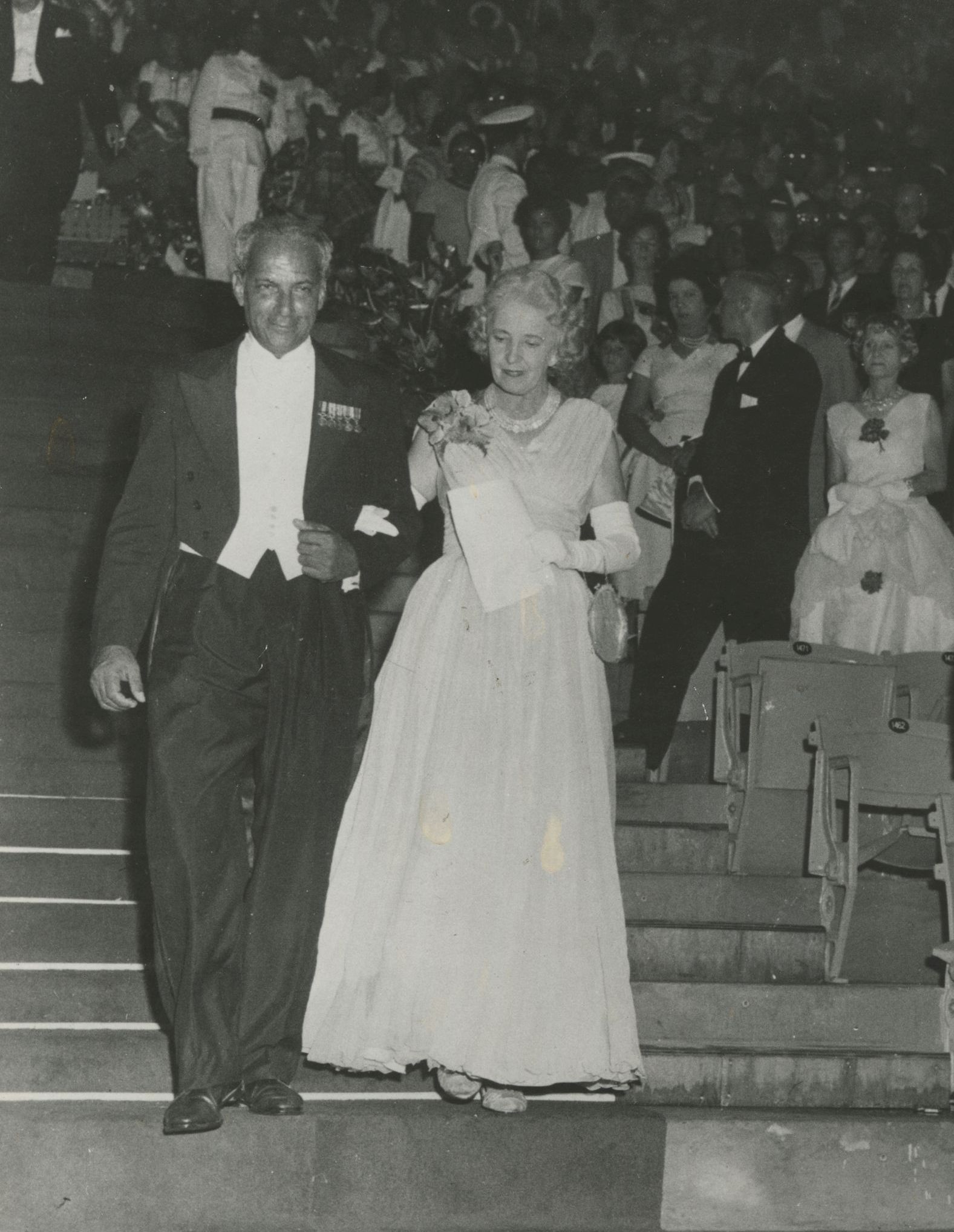
Norman and Edna were actually first cousins who met when Norman, a Rhodes Scholar, travelled to England to study at Oxford. Norman went off to serve in WWI and wrote to Edna from the front lines in France. He returned a decorated war hero but a changed man – having witnessed so much death and destruction – including the death of his brother, Roy. In her diaries, published by her granddaughter Rachel in 1989, Edna wrote about how she would rush to comfort Norman as nightmares of the war “made the night hideous for him” (80). She stayed close to him in those years and was instrumental in his recovery and return to school at Oxford.
They were married in London and moved to Jamaica upon Norman’s graduation. Norman’s work in law and politics led him to be known as ‘the father of the nation’, while Edna’s great contribution to art and culture earned her the title ‘the mother of Jamaican modern art’. As towering figures in Jamaica’s history, the stories of their public lives are well-known, but it is their commitment and passion for one another that cements them as one of Jamaica’s great love stories.
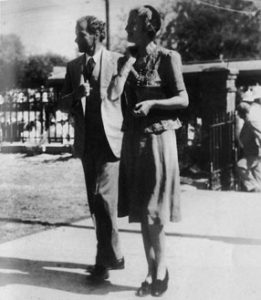
Edna Manley held great admiration for her husband and stood with him through victories and disappointments. She described the loneliness of her life after his death in September 1969, “the glory and the pain of our life together – what an empty, empty world – why didn’t he let me come with him?” (Edna Manley, 77). Edna died in her sleep, 18 days before her 87th birthday, in February 1987. She is buried at her husband’s side at National Heroes Park.
“So it slowly ripened from friendship to something more – something that lasted a lifetime to that last journey down the mountainside in Jamaica.”
Sources:
“Jamaica mourns Edna Manley.” National Library of Jamaica, 11 February 1987, http://www.nlj.gov.jm/files/u7/bn_manley_es_050.pdf
Manley, Rachel. Horses in Her Hair: A Granddaughter’s Story, Toronto Key Porter Books, 2008.
Manley, Edna. Edna Manley: The Diaries, Kingston: Heinemann Publishers, 1989.


Some really beautiful stories here. Thanks for sharing them.
Where are the other six stories?
Awesome read. Enjoyed every moment…though some are missing. lol